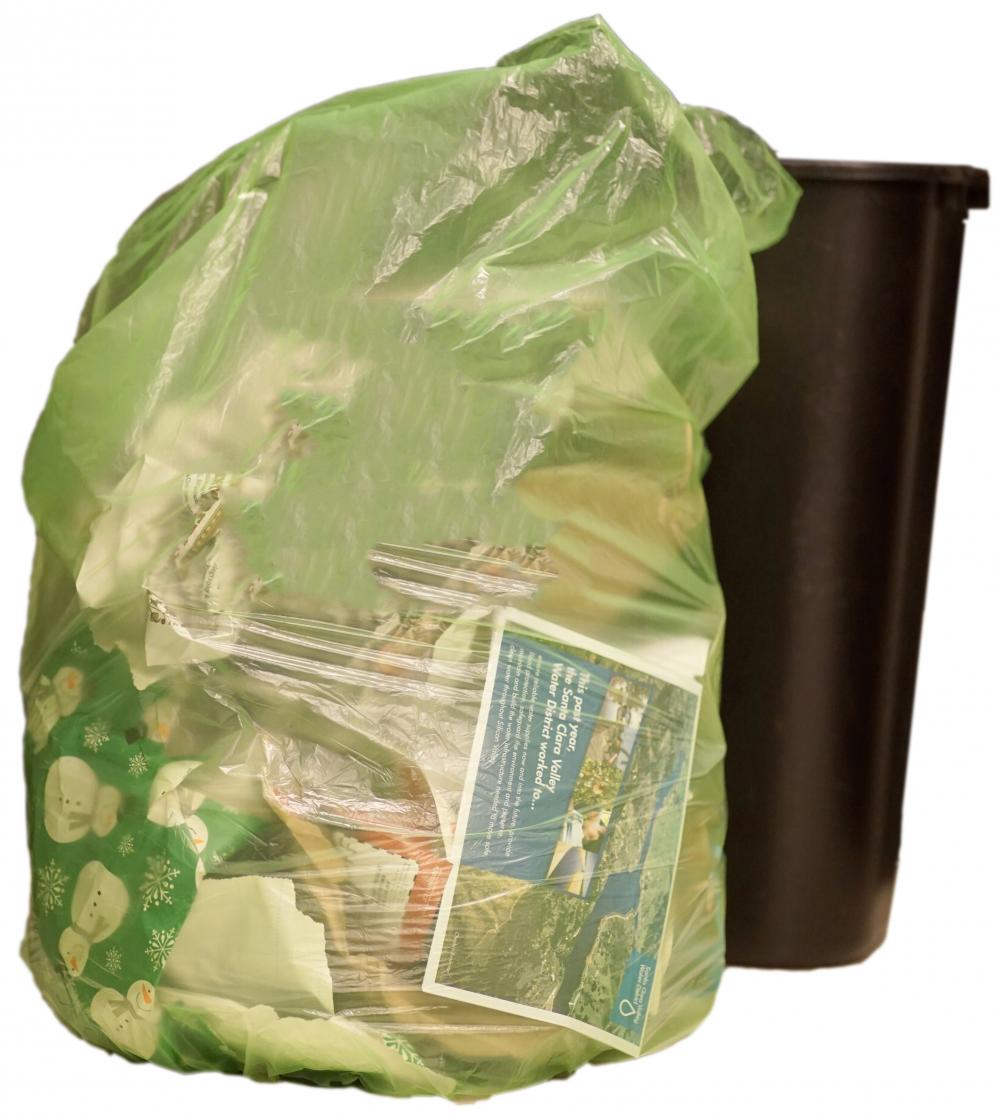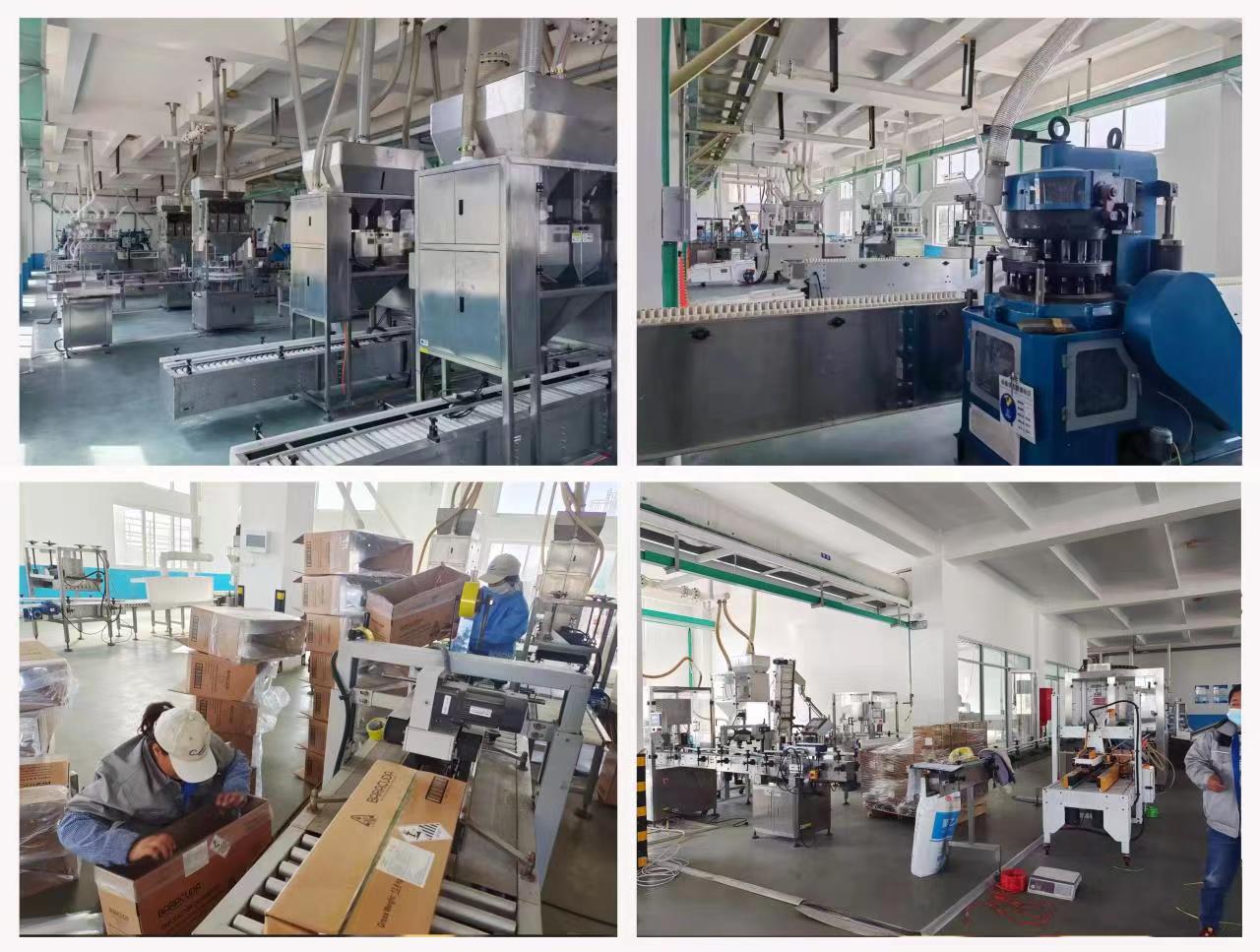Introduction of the product
What is bioplastic?
"Bioplastic" means that it is made in whole or in part from organic, natural substances, rather than from conventional petroleum. Many bioplastics are biodegradable. This is one of the biggest advantages of bioplastics. There are three terms used to describe bioplastics: "bio-based plastics", "biodegradable plastics" and "compostable plastics". Although these terms are somewhat similar, they should not be confused.
1. Bio-based Materials(Plastics)
This is a very broad term that refers to plastics that are partially or wholly derived from plants. Starch and cellulose are the two most common renewable feedstocks used to make bioplastics. These feedstocks typically come from corn and sugar cane. Biobased plastics are different from the common petroleum-based plastics. Although many people believe that all "bio-based" plastics are biodegradable, this is not the case.
2. Biodegradable Plastics
Whether a plastic comes from natural materials or petroleum is a separate issue from whether it is biodegradable (the process by which microorganisms break down materials under the right conditions). Technically, all plastics are biodegradable. However, for practical purposes, only materials that degrade in a relatively short period of time (usually weeks to months) are considered biodegradable. Not all "bio-based" plastics are biodegradable. On the contrary, some petroleum-based plastics degrade faster than "bio-based" plastics under the right conditions.
3. Compostable Plastics
Compostable plastics, as defined by the American Society for Testing and Materials (ASTM), are plastics that will biodegrade in a compost pile. These plastics are indistinguishable from other types of plastics in terms of appearance, but they are able to decompose into carbon dioxide, water, inorganic compounds, and biomass (biomass refers to the various organisms, including all plants, animals, and microorganisms, that are formed through photosynthesis), with no toxic residues. The characteristic of no toxic residue is one of the features that distinguishes compostable plastics from biodegradable plastics. It is also important to note that some plastics can be composted and disposed of in home gardens, while others require commercial composting (the composting process occurs more quickly at much higher temperatures).
Corn and sugar cane are two of the most popular feedstocks currently used to produce bioplastics. Of course, there are many other options. For example, bioplastics are produced from banana peels, mango peels and waste from potato processing and used to develop new packaging. European Snickers candy bar packaging is derived from bioplastics.Compostable Products also include Compostable Garbage Bag, Compostable Shopping Bag, and Compostable Produce Bag and so on.
Company information
The company's main import and export products include
(1)Polymers:Polymerisation is the process by which the repeating units that make up a polymer are linked together by covalent bonds.Polymers can exist in different states depending on the phase, conformation and arrangement of their molecular chains. The two main states are amorphous and crystalline. Polymers usually exist in a semi-crystalline form in which amorphous and crystalline phases coexist.
(2)Flavors and Fragrances:Fragrance is a substance that can be smelled by the sense of smell or tasted by the sense of taste, and is used as an ingredient in the preparation of flavours. In addition to individual varieties, most fragrances cannot be used alone. Flavour is the raw material that gives cosmetics a certain aroma, it is one of the key raw materials in the manufacturing process.

